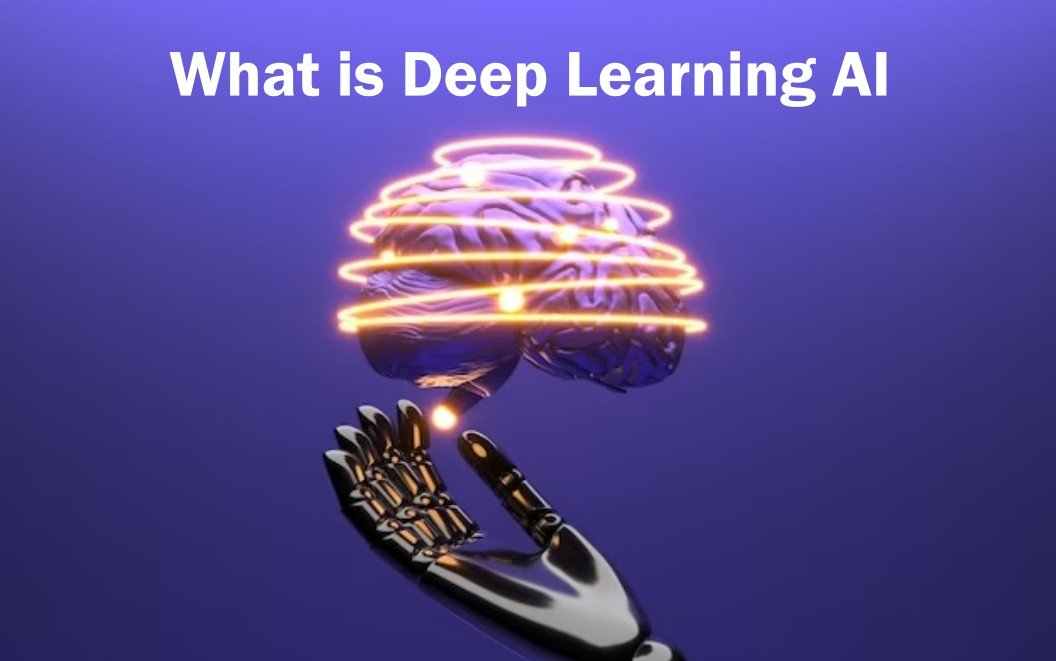What is Machine Learning? Definition, Importance & Types of Machine Learning

Credit - Freepik
Uncover the potential of machine learning in today’s world and its importance. Explore the various features and types of machine learning and how it is different from artificial intelligence and how it is used to solve complex problems in various sectors of business like finance, education, healthcare, etc.
Definition
Machine Learning is defined as a branch of artificial intelligence which enables machines to learn automatically using data similar to humans and develop algorithms to make predictions on similar type of new data and improving performance with time. This article explains the definition of machine learning, its types, its tools and importance of machine learning.
What is Machine Learning?
Machine Learning is a branch of artificial intelligence which enables machines to learn automatically using data similar to humans and develop algorithms to make predictions on similar type of new data and improving performance with time.
Importance of Machine Learning
Machine Learning is an important part of Artificial Intelligence. Machine Learning applications are used in every sector like Finance, Healthcare, Cyber security, Real Estate, etc. With help of machine learning we can detect and analyze problems and find their solutions in an efficient way.
Key Features of Machine Learning (ML)

Features of machine learning are independent variables of data which work as input for algorithms. Machine Learning has two types of features.
1. Numerical Features
The variables which are numerical in nature like length, distance, weight, etc. are numerical features. These features can be used in machine learning algorithms directly.
2. Categorical Features
The variables which can be divided into categories like quality, gender, etc. are categorical features. They are first converted into numerical values then are used for machine learning algorithms.
Types of Machine Learning (ML)

1. Supervised Machine Learning
Supervised machine learning is a type of machine learning in which a machine is trained using algorithm based on a labeled dataset. Therefore the machine learns on this input training data and confers output data accordingly.
For instance we have two types of training data, one for cars and other for motor cycles. We will train the machine to identify the vehicle type based on number of tyres, number of seats, presence of steering, etc. After training, we will input the details of a car to the machine. Machine will examine the details of vehicle and will predict its type accurately.
Types of Supervised Machine Learning
There are two types of supervised machine learning:
i. Classification: In classification supervised machine learning, machine algorithm is designed in such a way it assigns input data to a specific category out of two or multi categories like black or white, tall or dwarf, etc. As a result output data has a distinct value.
Some classification algorithms are Naive Bayes algorithm, Random Forest algorithm, Logistic Regression algorithm, Decision Tree algorithm, Support Vector Machine algorithm.
ii. Regression: In regression supervised machine learning, machine algorithm is used to solve the problems in which there is a linear relationship between input and output data.
Some classification algorithms are Simple Linear algorithm, Polynomial algorithm, Decision Tree algorithm, Random Forest algorithm.
2. Unsupervised Machine Learning
Unsupervised machine learning is a type of machine learning in which a machine is trained using algorithm which works without any supervision and identifies the relation or patterns in input unlabelled data. Input data is uncategorized. Here machine groups the data into two or more categories based on relation and patterns in input data.
For instance, there is input data consisting of animal images. Now machine has to identify the categories of animals based on color, body pattern, body shape, etc.
Types of Unsupervised Machine Learning
There are two types of unsupervised machine learning.
i. Clustering: In clustering unsupervised learning, the unlabelled data is divided into groups of objects on the basis of similarities or differences in their characteristics. For instance, it is used in retail customers.
ii. Association: In association unsupervised learning, machines identify interesting relations in variables of unlabelled data. It is used for applications like plagiarism checking.
3. Semi-supervised Machine Learning
In Semi-supervised machine learning, machine is trained using combination of few labeled data and majority of unlabelled data. Therefore this type of machine learning exists between supervised and unsupervised machine learning. Its purpose is to use all the available data.
Semi-supervised machine learning was introduced to remove the disadvantages of supervised machine learning and unsupervised machine learning. This type of machine learning is used in natural language processing and computer vision.
4. Self-supervised Machine Learning
In Self-supervised machine learning, machine is trained itself using algorithms by working on unlabelled data. Its algorithms learn one type of input from another type, in this way generating labels automatically and converting unsupervised issues into supervised ones.
5. Reinforcement Machine Learning
In reinforcement machine learning, algorithm interacts with its environment, faces issues and takes actions accordingly and gets positive or negative rewards on the basis of result thereby improving its performance.
For instance, if a person has to learn car driving he applies methods regularly and learns by his experiences and mistakes and in this way improves his skills.
This type of machine learning is closest to humans how they learn. In this learning type there is no labeled data for learning but has to learn from experience.
Types of Reinforcement Machine Learning
i. Positive Reinforcement Machine Learning: In this type of reinforcement machine learning, algorithm interacts with its environment and gets rewards for positive results.
ii. Negative Reinforcement Machine Learning: In this type of reinforcement machine learning, algorithm interacts with its environment and gets punishment for negative results. Hence algorithm learns to avoid such type of actions giving negative outcomes.
Difference between Machine Learning and Artificial Intelligence
|
S.No. |
Machine Learning |
Artificial Intelligence |
|
1. |
In machine learning, major aim is to develop machines which are capable to solve complex problems. |
In artificial intelligence, major aim is to develop an intelligent system to solve variety of complex problems. |
|
2. |
Machines are trained to learn from past data and solve problems on new data. |
A computer program is developed to solve problems. |
|
3. |
Machine learning uses algorithms for giving solutions. |
Artificial intelligence uses technologies for getting solutions. |
|
4. |
The scope of machine learning is limited. |
The scope of artificial intelligence is vast. |
|
5. |
Machine learning uses statistical models to solve the issues. |
Artificial intelligence uses logical and decision models to solve the issues. |





